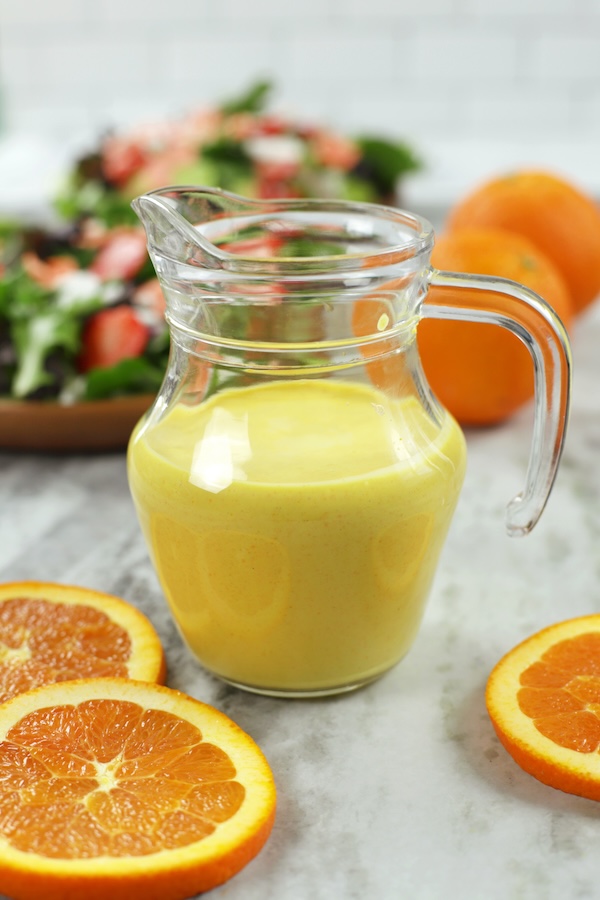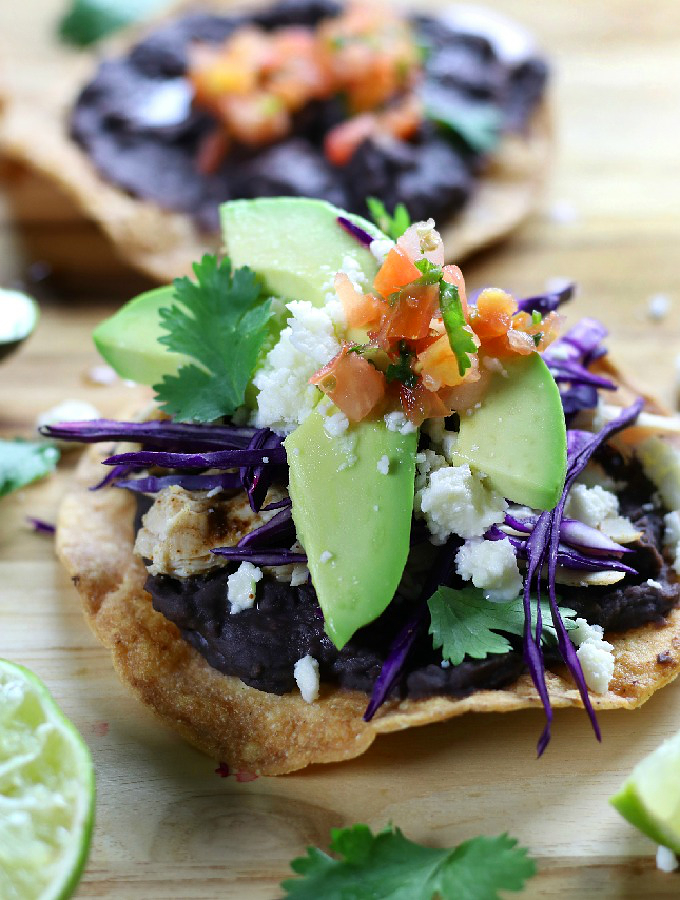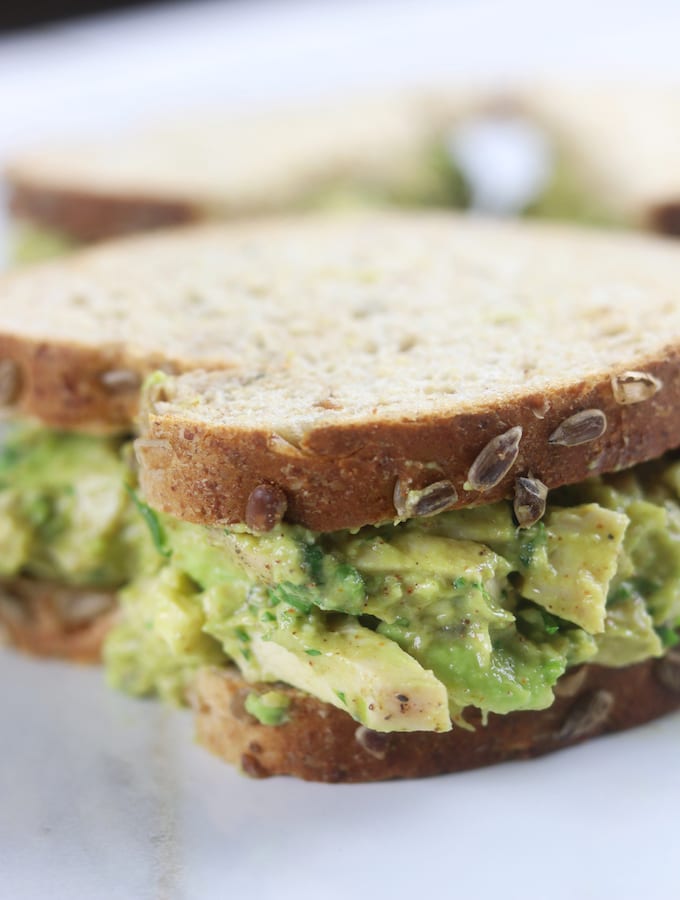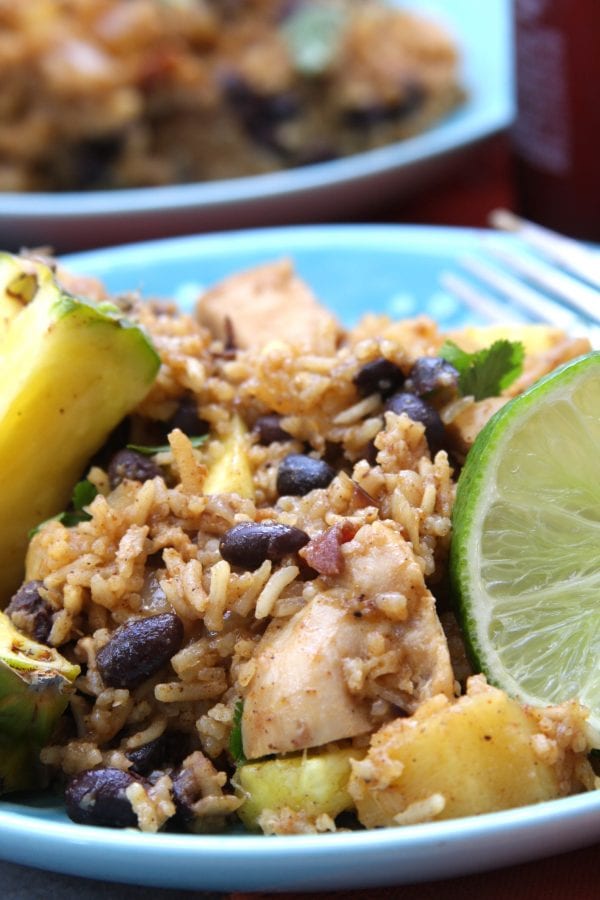Orange Vinaigrette
Orange Vinaigrette is a bright, savory dressing that adds a luxurious touch to salads. The fresh citrus and rich olive oil come together in a quick and easy recipe that feels indulgent without the effort. It’s the perfect way to bring bold flavor to your favorite greens.
This post may contain affiliate links, meaning I earn a small commission if you make a purchase—at no extra cost to you. Additionally, AI was used to assist with spelling, grammar, sentence clarity, and creative brainstorming.

The Perks of Making Homemade Vinaigrette
There are countless benefits to making vinaigrettes at home, from having complete control over the ingredients to customizing the flavors to suit your preferences, whether you like it tangy, sweet, or herby. Homemade versions are also healthier, free from preservatives, and made with fresh, high-quality ingredients. Plus, making vinaigrette at home is often much cheaper than buying specialty bottled dressings.
Ingredients Needed
- Oranges (preferably Cara Cara Naval)- Fresh oranges are the star of this recipe, offering both zest and juice. Cara Cara Naval oranges bring a sweeter, less acidic flavor that complements the sharpness of the vinegar and mustard.
- Orange Juice- Freshly squeezed orange juice adds natural sweetness and enhances the citrusy flavor. It also helps balance the acidity from the vinegar.
- Dijon Mustard- Mustard not only provides a slight tang but also acts as an emulsifier, helping to bind the oil and vinegar together for a smooth consistency.
- Extra Virgin Olive Oil- This oil provides richness and smoothness. Using high-quality extra virgin olive oil will make a big difference in the taste of your vinaigrette. Look for cold-pressed, dark glass bottles, and a harvest date for optimal freshness.
- Apple Cider Vinegar- Adds a touch of acidity to balance the sweetness of the oranges. Apple cider vinegar is milder than white vinegar and brings a slightly fruity undertone that pairs perfectly with citrus.
- Garlic Cloves- Garlic adds a punch of flavor that cuts through the richness of the olive oil and pairs well with the sweet orange and tangy mustard.
- Salt– Enhances all the flavors and helps bring out the natural sweetness of the oranges.
- White Pepper (optional)- This adds a subtle heat that complements the other flavors without overpowering them. If preferred, black pepper works well also.
Easiest Preparation Method
The quickest and simplest way to make this Orange Vinaigrette is by using a vegetable peeler to remove the orange zest, then placing all the ingredients into a Nutribullet Blender and blending until smooth.
Variations
- Spicy Orange Vinaigrette- For those who like a bit of heat, add a pinch of red pepper flakes or a splash of hot sauce for a spicy twist.
- Honey-Orange Vinaigrette- If you prefer a sweeter dressing, whisk in a tablespoon of honey or maple syrup. This adds a warm, earthy sweetness that pairs well with bitter greens.
- Lemon-Orange Vinaigrette- Substitute half the orange juice with fresh lemon juice for a sharper, more tart version of this vinaigrette.
- Blood Orange Vinaigrette- This variation uses blood oranges for a deeper, slightly berry-like flavor and a stunning ruby color. It’s perfect for winter salads when blood oranges are in season. Substitute regular orange juice and zest with blood orange juice and zest.
- Creamy Orange Vinaigrette- A richer, more indulgent take on the original, this creamy version is excellent for heartier salads or as a dip. Add 2 tablespoons Greek yogurt or sour cream.
- Herb-Infused Orange Vinaigrette– This aromatic version adds fresh herbs for a garden-fresh taste. Simply mix in 1–2 tablespoons of chopped herbs like basil, thyme, mint, dill, cilantro, parsley, chives or tarragon.
- Asian-Inspired Orange Vinaigrette- This variation brings a unique twist with Asian flavors, perfect for oriental-style salads or as a fish marinade. Swap rice vinegar for apple cider vinegar and sesame oil for extra virgin olive oil. Omit the Dijon mustard and add 1 tablespoon soy sauce and 1 teaspoon freshly grated ginger.
- Orange-Balsamic Vinaigrette- This version blends the sweetness of orange with the depth of balsamic vinegar for a rich, tangy dressing. Replace the apple cider vinegar with balsamic or white balsamic, and add 1 teaspoon of orange marmalade for extra citrus flavor.
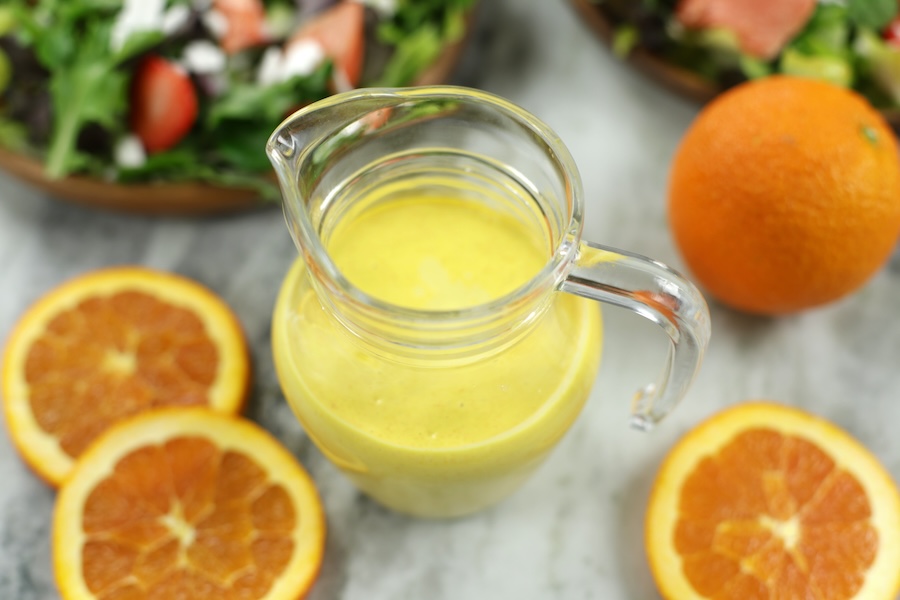
How To Use Orange Vinaigrette
This orange vinaigrette is incredibly versatile, enhancing a wide variety of dishes. Here are some delicious ways to incorporate it into your meals:
- Leafy Green Salads- Drizzle over leafy green salads, especially those with spinach, arugula, or bitter greens like radicchio.
- Beet Salad- The sweet and tangy vinaigrette complements the earthiness of roasted or pickled beets perfectly. Toss the beets with crumbled goat cheese, toasted walnuts, and a sprinkle of fresh herbs for a vibrant and flavorful salad.
- Grilled Vegetables- Use it as a finishing dressing for grilled or roasted vegetables like carrots, sweet potatoes, and Brussels sprouts. The citrus adds a fresh brightness that enhances the natural sweetness of the veggies.
- Marinade- The citrus and acidity in the vinaigrette make it an excellent marinade for proteins like chicken, fish, or shrimp. Marinate for at least 30 minutes before grilling or roasting to infuse the flavors.
- Grain Bowls- Drizzle the vinaigrette over grain bowls with quinoa, farro, or couscous. It’s perfect when combined with roasted vegetables, nuts, and seeds for a wholesome, balanced meal.
Storage
Store your vinaigrette in a clean, airtight jar or bottle. Mason jars, repurposed glass bottles, or this salad dressing shaker all work well. Always refrigerate your vinaigrette and use it within a week. Label the container with the date, and for easier pouring, let it come to room temperature before using. Shake well before each use.
Frequently Asked Questions
How long does this Orange Vinaigrette last?
This vinaigrette can last up to one week in the refrigerator in an airtight container such as this. Just give it a good shake before using.
What is the best way to prevent my vinaigrette from separating?
Whether you blend or whisk this vinaigrette, the key to preventing separation is proper emulsification. Emulsifying means combining ingredients that normally don’t mix, like oil and vinegar, into a smooth, stable mixture. You’ll know it’s properly emulsified when the vinaigrette appears creamy and the oil doesn’t separate from the other ingredients after mixing.
Keep in mind, some separation is natural over time. A quick shake or whisk before serving will easily bring everything back together.
How do I make the consistency thinner?
To thin the consistency, gradually add additional orange juice, vinegar, or water, one teaspoon at a time, until it reaches your desired thickness.
Can I make this vinaigrette without a blender?
When making this Orange Vinaigrette without a blender, it’s essential to zest the orange peel rather than use a vegetable peeler. Zesting creates finer pieces that blend smoothly into the vinaigrette, and a microplane works perfectly for this task.
- Mason Jar Method- Place all ingredients in a mason jar. Seal tightly. Shake vigorously for 30-60 seconds until well combined.
- Whisk Method- Combine all ingredients except oil in a bowl. Gradually drizzle in the oil while whisking constantly.
- Fork Method- Mix all ingredients except oil in a bowl with a fork. Slowly add oil while stirring quickly with the fork. Less smooth than other methods but still effective.
Why does my vinaigrette taste bland?
If your vinaigrette lacks flavor, start by adding more salt and pepper, seasoning gradually and tasting as you go. Adding a bit more garlic can also enhance the flavor. If the acid-oil balance is off, try increasing the vinegar. Lastly, using high-quality ingredients like fresh-squeezed orange juice, good olive oil, and quality salt will ensure the best results.

Orange Vinaigrette
Ingredients
- 2 medium oranges zested (preferably Cara Cara Naval variety) *See Note #1 below
- 1/4 cup orange juice
- 1 tablespoon Dijon mustard
- 1/2 cup extra virgin olive oil
- 1/4 cup apple cider vinegar *See Note #2 below
- 4 medium garlic cloves *Peeled, if blending leave whole.
- 1/2 teaspoon salt *See Note #3 below
- 1/8 teaspoon white pepper *optional, See Note #4 below
Instructions
- Add all the ingredients to a small blender.
- Blend on high until the mixture is smooth and fully emulsified. See Note #5 below for other preparation methods.
- Taste and adjust seasoning if necessary.
- Store in an airtight container in the refrigerator for up to a week. Shake well before using.
Video
Notes
- White Wine Vinegar– Bright and acidic with a clean, subtle flavor, it’s a great apple cider vinegar substitute in terms of acidity.
- Champagne Vinegar– Light and crisp, this vinegar provides sharp acidity without the sweetness.
- Rice Vinegar (Unseasoned)– A bit milder, but still offers clean acidity without the sweetness.
- Distilled White Vinegar– The sharpest and most neutral in flavor, it’s highly acidic and lacks sweetness.

